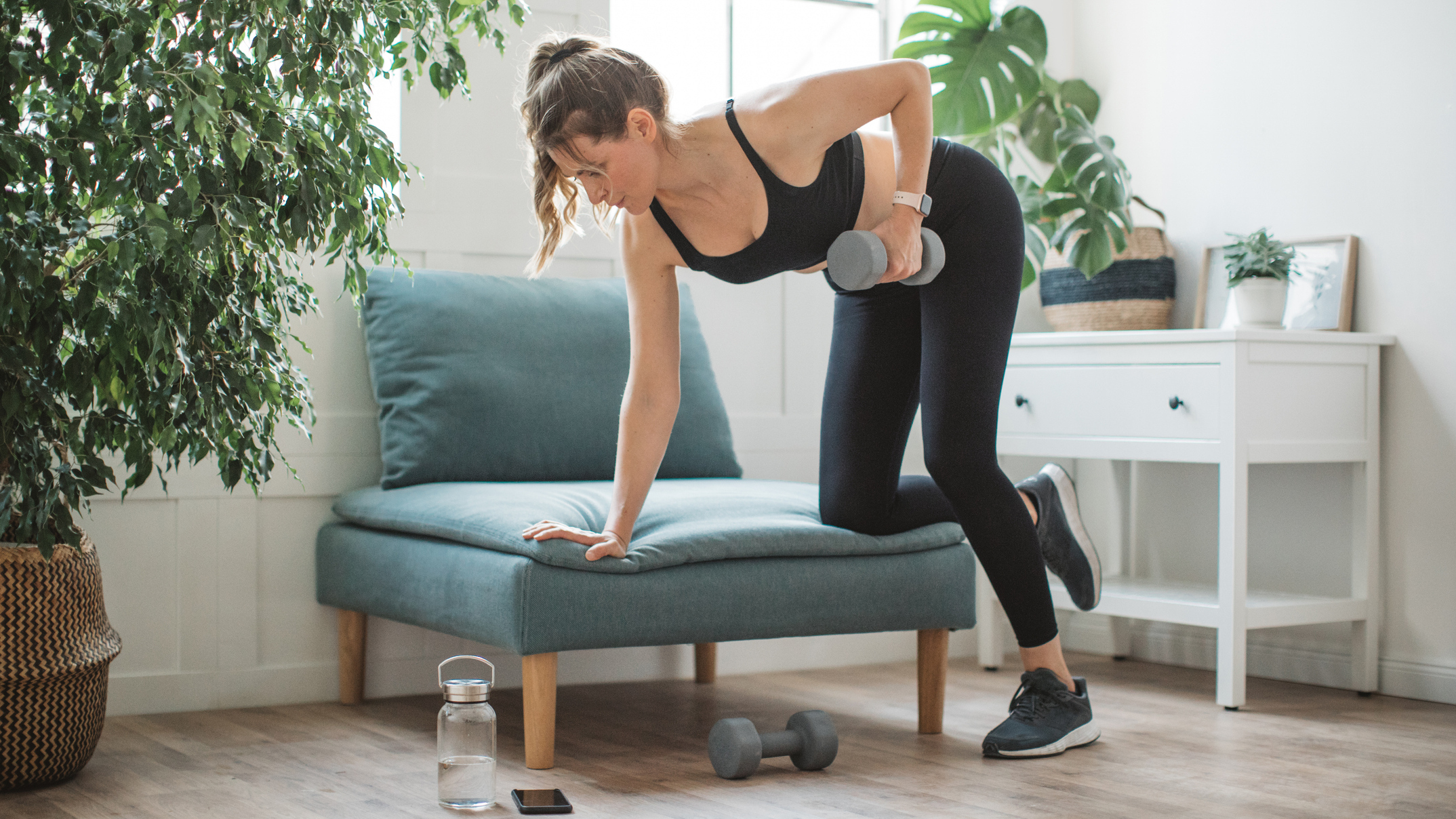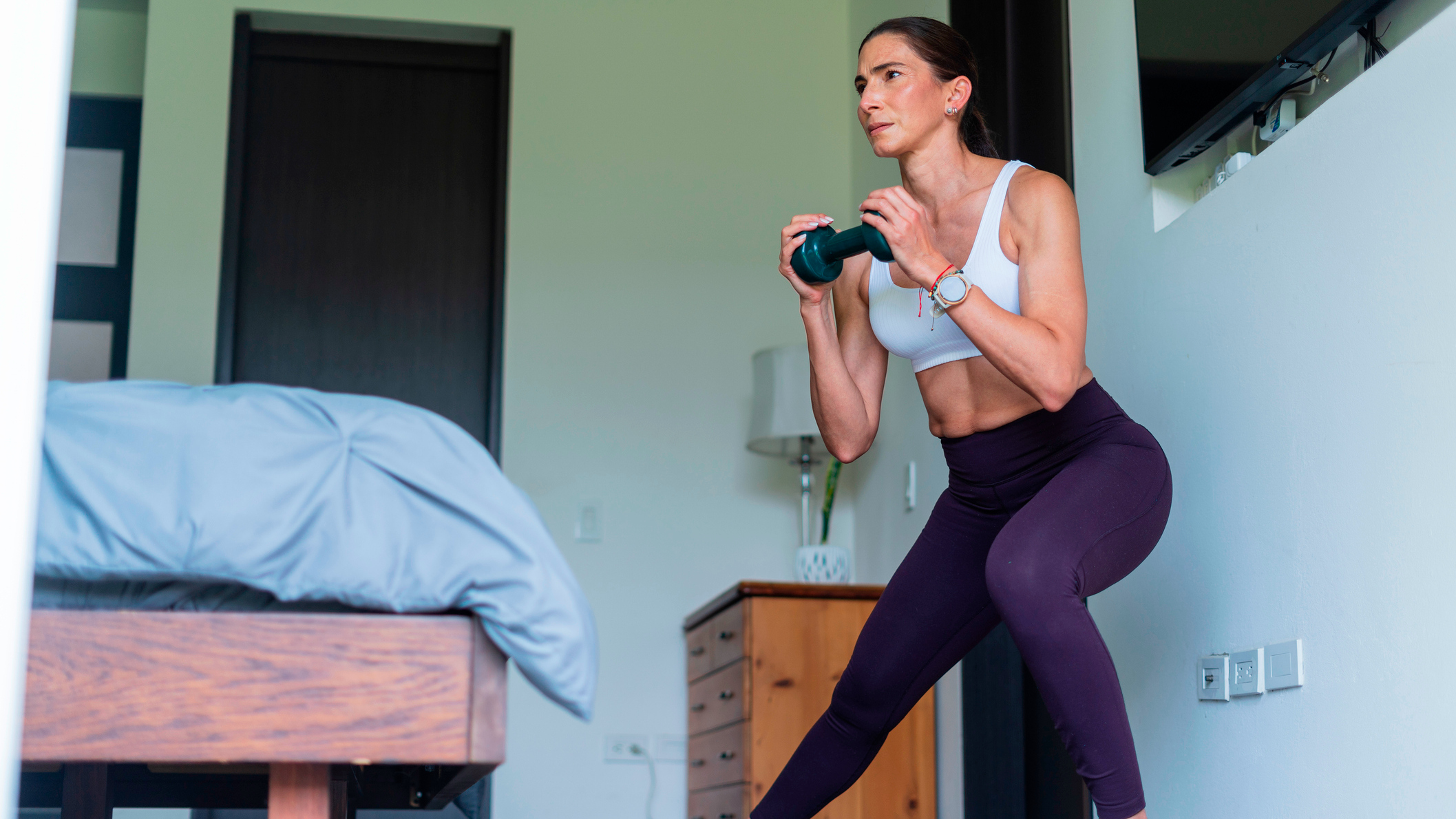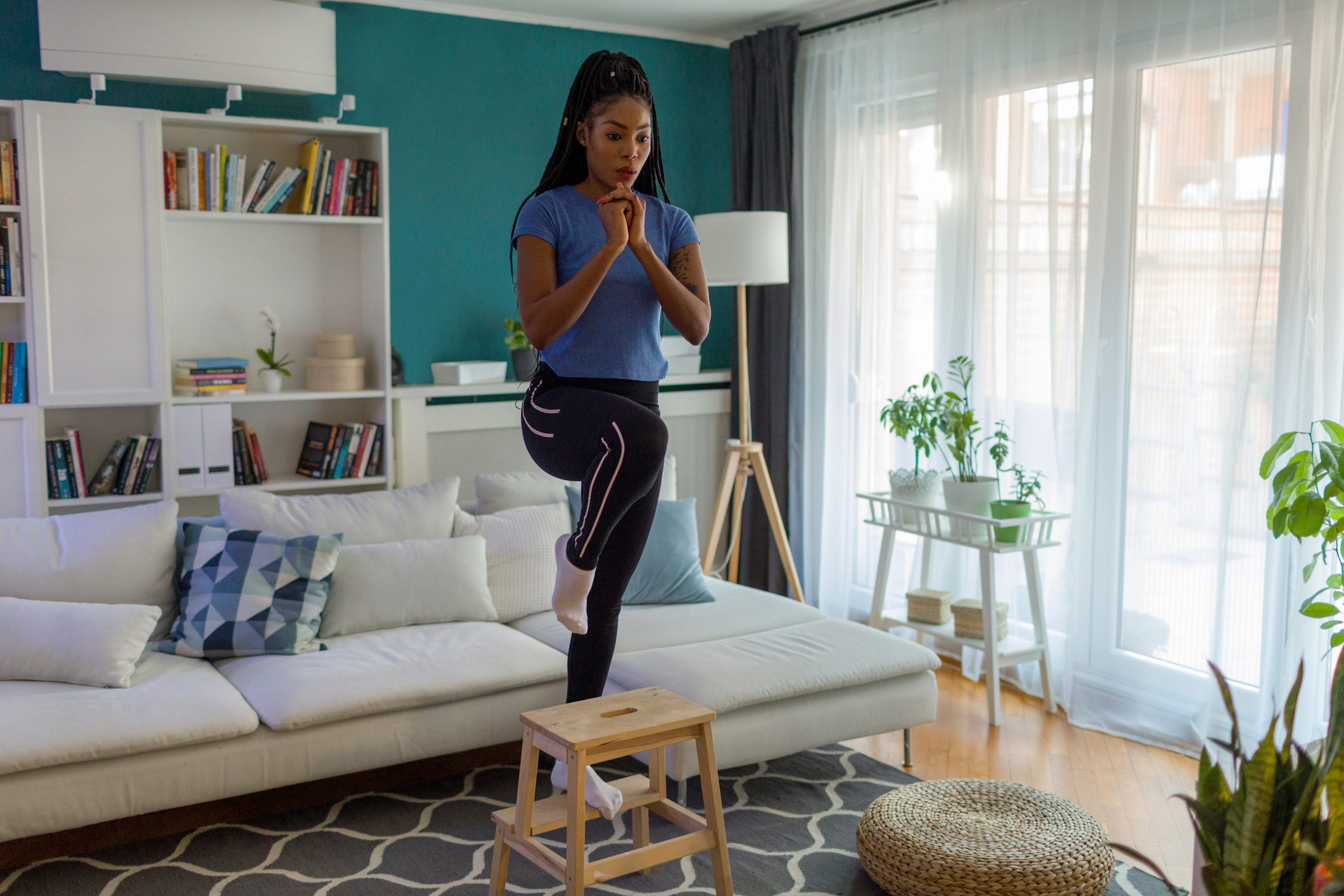A functional workout just like this one transformed the way my body felt and moved
Do these exercises in your 30s and 40s so you're pain-free in your 50s, 60s and 70s

There was a time when I considered going to the gym to be completely separate from the things I did in my everyday life. It was simply an attempt to maintain a healthy weight, or change the way my body looked.
But this meant I found I often lacked the motivation to exercise, because it felt like it had no practical impact on the way I was living.
However, as I got more into strength training, I realized that the opposite was true. Not only did I have less stiffness in my joints and muscles, but I was finding everyday tasks easier.
From carrying groceries home to walking up and down the stairs, or even just standing up on the bus or train, my body felt stronger and fitter than ever and I realized that going to the gym was benefiting my life in a great many ways.

That's why I'm a big believer in functional exercise. This means doing movements that mimic the way we move in everyday life to make that movement feel easier.
Two of my favorite online coaches Milad and Ryan of Tailored Fit PT recently shared a functional workout that is very similar to the routines I do.
According to Milad these exercises will help you stay pain-free and independent as you get older, but in my experience, doing moves like these ones will improve the way your body feels within months.
Start your week with achievable workout ideas, health tips and wellbeing advice in your inbox.
How to do Tailored Fit PT's functional workout
A post shared by Coach Milad and Ryan ▪️Fitness and Nutrition Coach (@tailoredfitpt)
A photo posted by on
To do this routine you'll need a pair of dumbbells, something sturdy you can step on and off of, and something around knee height you rest on knee on.
The benefits of functional workouts
For an exercise to be functional, it needs to mimic the way you move during an everyday movement. For example, squatting mimics sitting down and standing up, step-ups mimic going up and down stairs and rows mimic opening a door or picking up an object.
These movements generally engage multiple muscle groups. For example, the squat requires multiple muscle groups in your lower body as well as your core to work together to complete the movement.
That's because in day-to-day life, we generally engage a range of muscle groups when we move, rather than isolating a particular muscle.

This doesn't mean that exercises that isolate muscles—such as glute kickbacks or biceps curls—aren't beneficial. They can play a role in strengthening weaker muscles and improving muscle activation.
But functional exercises are essential for better movement, developing posture, balance and stability, as well as helping you become more mobile.
It's well worth adding some functional exercises into your routine and the four moves above are a great way to get started.
Alice Porter is a freelance journalist covering lifestyle topics including health, fitness and wellness. She is particularly interested in women's health, strength training and fitness trends and writes for publications including Stylist Magazine, Refinery29, The Independent and Glamour Magazine. Like many other people, Alice's personal interest in combining HIIT training with strength work quickly turned into a CrossFit obsession and she trains at a box in south London. When she's not throwing weights around or attempting handstand push-ups, you can probably find her on long walks in nature, buried in a book or hopping on a flight to just about anywhere it will take her.